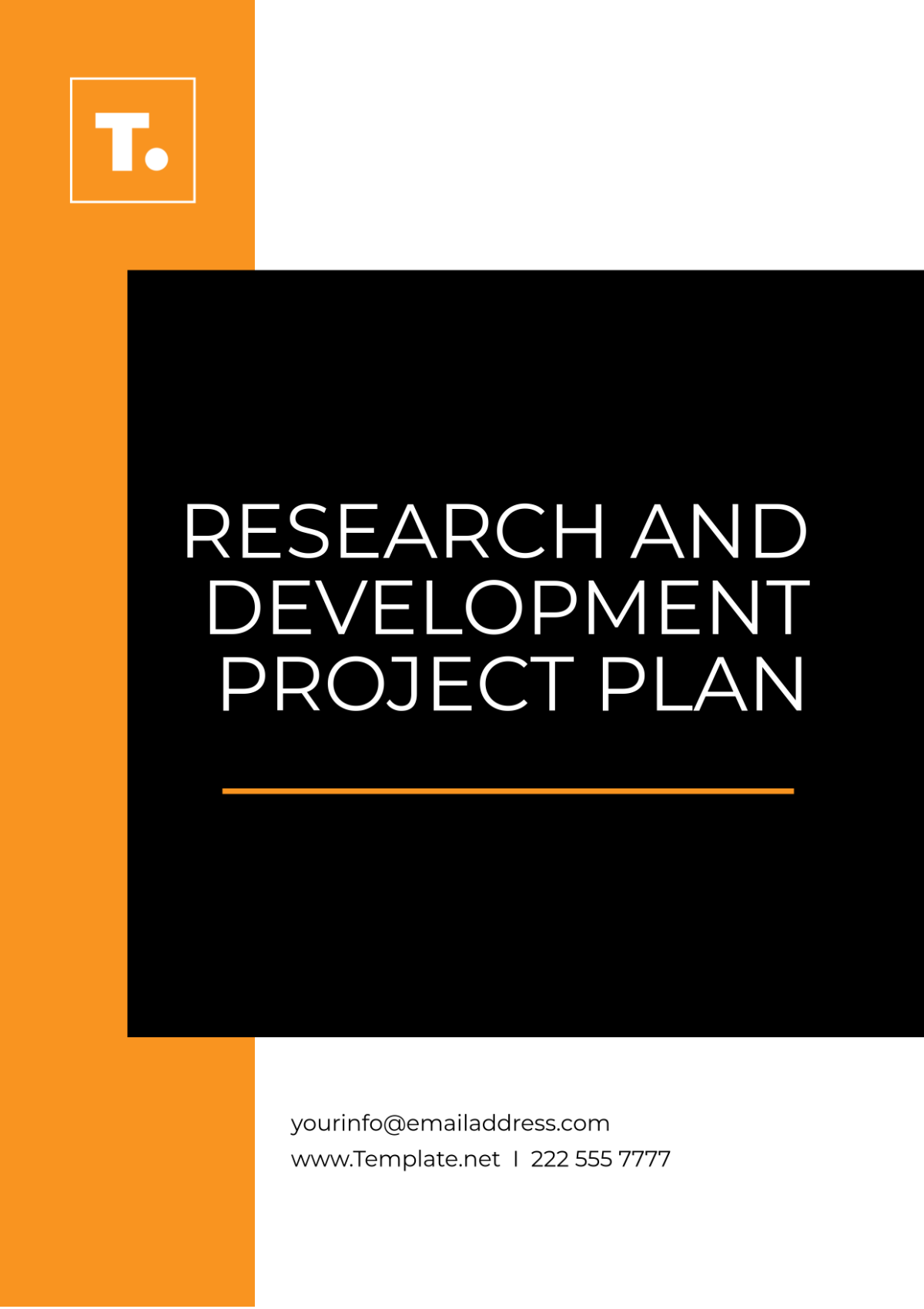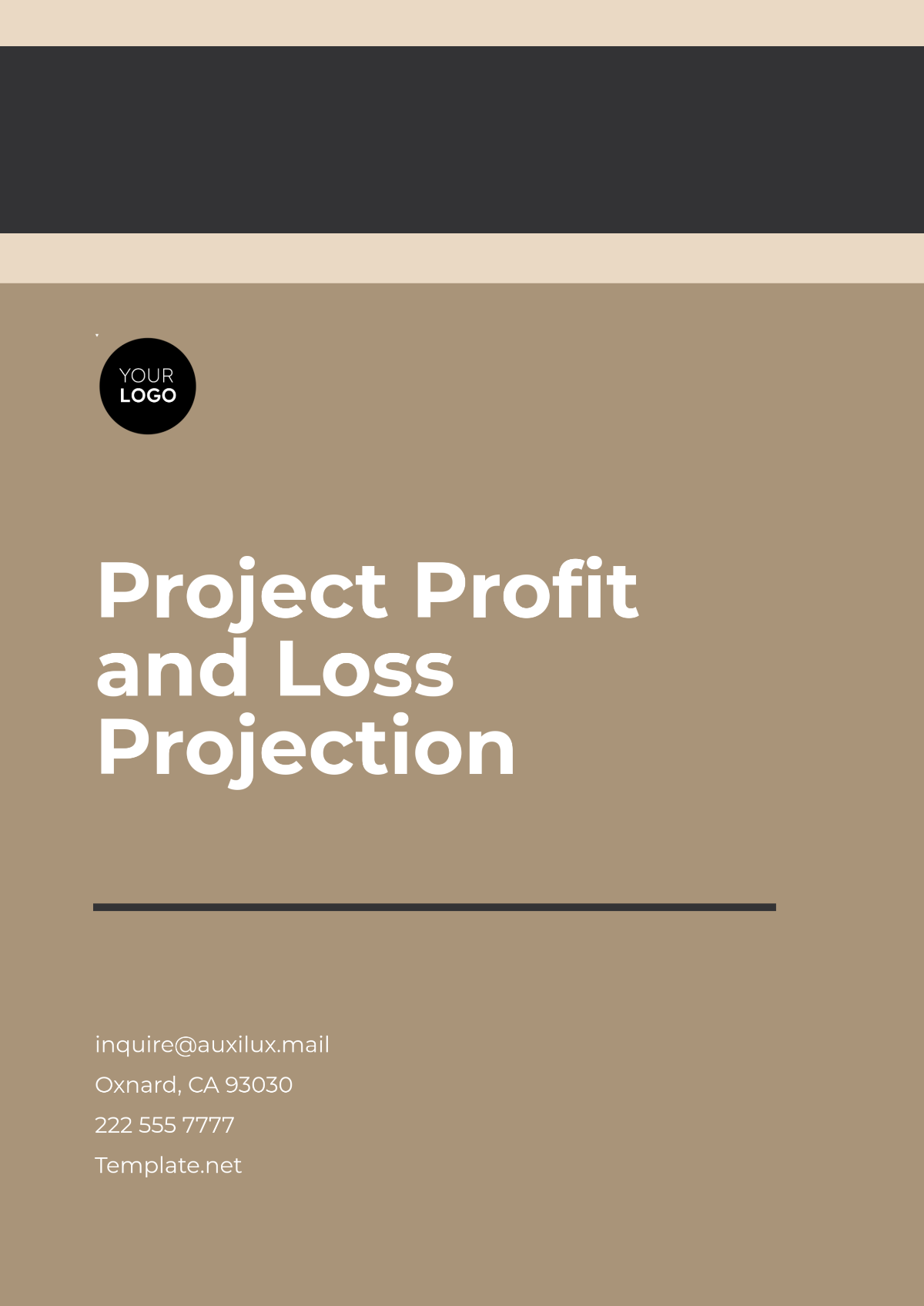Free Research Project Plan Template
RESEARCH PROJECT PLAN
Researcher: | [Your Name] |
Affiliation: | Department of Environmental Science, University of Agriculture |
I. Introduction
Sustainable agriculture plays a pivotal role in ensuring food security, mitigating environmental degradation and promoting rural development. Conventional farming practices, however, often pose challenges such as soil erosion, water depletion, and chemical pollution. These challenges necessitate the exploration and implementation of innovative solutions that reconcile agricultural productivity with environmental sustainability. This research project aims to investigate and evaluate cutting-edge approaches and technologies to address the complex challenges facing modern agriculture.

II. Objectives
A. Primary Objective
The objective is to identify and thoroughly evaluate new strategies and technological advancements that promote sustainable agricultural practices, with a specific emphasis on examining their impacts across environmental, social, and economic aspects.
B. Secondary Objectives
Assess the feasibility and scalability of selected solutions across different agro-ecological regions. Analyze the socio-economic implications of adopting innovative agricultural practices for farmers, rural communities, and food systems.
III. Literature Review
A comprehensive review of existing literature will provide insights into the evolution of sustainable agriculture practices, recent advancements in agricultural technologies, and emerging trends in agricultural sustainability. By synthesizing knowledge from interdisciplinary fields such as agronomy, ecology, economics, and sociology, this literature review will inform the research design and methodology, guiding the selection of innovative solutions and the interpretation of research findings.
IV. Methodology
A. Research Design
Employing a mixed-method approach involving literature review, field experiments, and stakeholder consultations to gather comprehensive data on innovative agricultural practices.
B. Sampling Strategy
Utilizing a stratified random sampling technique to ensure representation across diverse agricultural systems and geographical regions.
C. Data Collection Methods
Conducting structured surveys among farmers to assess adoption rates and perceptions of innovative practices, coupled with field observations, in-depth interviews with agricultural experts, and experimental trials in controlled environments.
D. Data Analysis Techniques
Utilizing statistical software for quantitative analysis, including descriptive statistics, regression analysis, and spatial modeling, alongside qualitative methods such as thematic analysis to explore the underlying factors influencing the adoption and impact of innovative agricultural practices.
V. Budget Considerations
Item | Description | Quantity |
|---|---|---|
Personnel Costs | Salaries for researchers, field assistants, and data analysts | $20,000 |
Equipment & Materials | Laboratory supplies, field equipment, and technology | $15,000 |
Travel Expenses | Fieldwork, conference presentations, and stakeholder meetings | $5,000 |
Miscellaneous | Unforeseen expenses and contingencies | $3,000 |
VI. Timeline
Phase | Activities | Duration |
|---|---|---|
Phase 1: Preparation | Conduct literature review, refine research protocols, and secure necessary permits and approvals. | 2 months |
Phase 2: Data Collection | Administer surveys, conduct field experiments, and facilitate stakeholder consultations. | 4 months |
Phase 3: Data Analysis | Analyze collected data using appropriate statistical and qualitative techniques, interpret findings, and identify key insights. | 3 months |
Phase 4: Reporting | Compile research findings into comprehensive reports, prepare manuscripts for publication, and disseminate results through presentations at academic conferences and workshops. | 3 months |
VII. Ethical Considerations
Ethical Aspect | Actions |
|---|---|
Informed Consent | Obtain informed consent from all participants involved in data collection activities, ensuring transparency and voluntary participation. |
Confidentiality | Safeguard the confidentiality and anonymity of participants' responses and research data, adhering to ethical standards and data protection regulations. |
Ethical Review | Seek approval from the University Ethics Committee and relevant regulatory authorities to ensure compliance with ethical guidelines and safeguard the rights and welfare of research participants. |
VIII. Expected Outcomes
A. Research Outputs
Publication of research findings in high-impact peer-reviewed journals, contributing to the scientific literature on sustainable agriculture and innovation.
Presentation of research results at national and international conferences, fostering knowledge exchange and collaboration among researchers, policymakers, and practitioners.
Development of policy briefs, technical reports, and extension materials to communicate research findings and recommendations to stakeholders, including farmers, policymakers, agricultural extension agents, and non-governmental organizations.
B. Impact
Advancement of knowledge and understanding of innovative approaches to sustainable agriculture, guiding future research directions and policy interventions.
Empowerment of farmers and agricultural stakeholders through evidence-based insights and practical recommendations for enhancing the sustainability, resilience, and productivity of agricultural systems.
Promotion of sustainable development goals, including poverty alleviation, food security, environmental conservation, and social equity, through the adoption and dissemination of innovative agricultural practices.
IX. References
Anderson, M. R., & Smith, A. B. (2019). Innovations in sustainable agriculture: A global perspective. Journal of Agricultural Science, 25(4), 321-335.
Brown, C. D., & Garcia, E. F. (2021). Assessing the economic viability of sustainable farming practices. Environmental Economics Review, 18(3), 245-260.
Green, H. L., & White, S. P. (2018). Sustainable agriculture: Challenges and opportunities for the 21st century. Annual Review of Environment and Resources, 42, 303-328.

















































